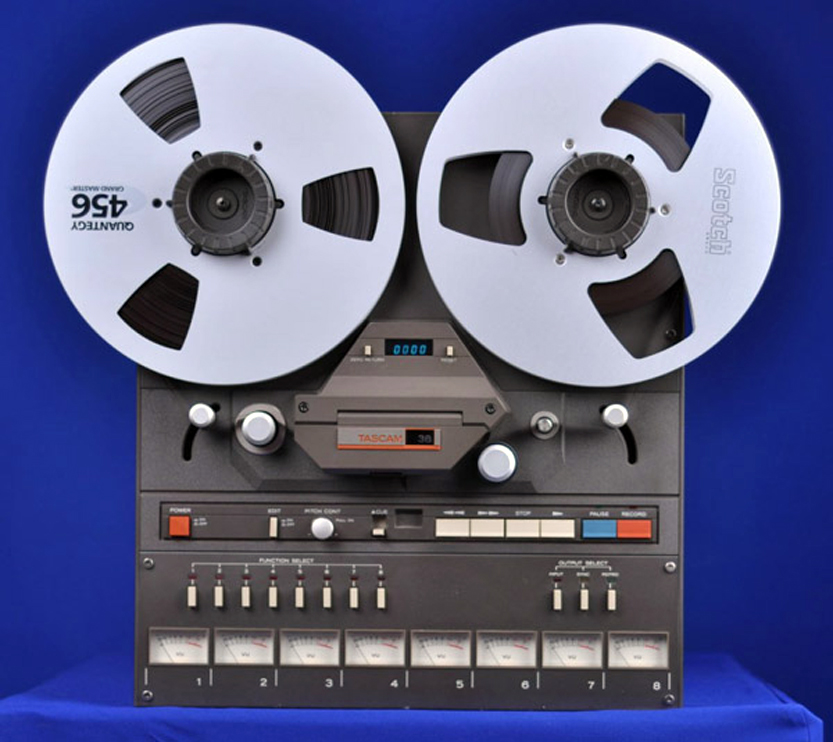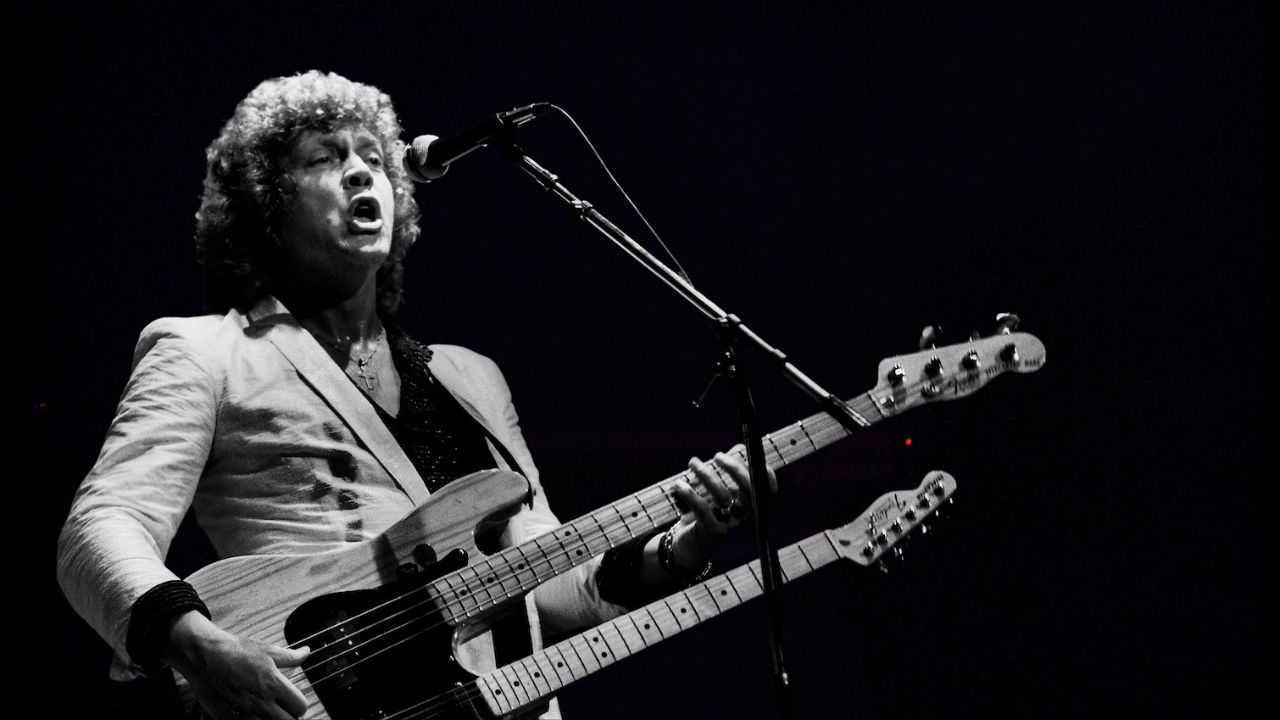Session Guitar: Boost Your Creativity by Setting Limitations in the Studio

Hail and salutations!
In my last blog post, I spoke of breaking out of boxes to enhance creativity. This week, I'd like to continue on the creativity-boosting theme with a few of my favorite ways to do it by setting limitations.
Mae West said something like, "Too much of a good thing is wonderful!" As much as I somewhat agree, sometimes having "less is more" as my mantra does more to make me feel alive and creative! Let's look at a few ideas. I'd deeply appreciate you giving them a shot. You may learn a bit about yourself. And as an added bonus, your recordings, performance and overall sound will improve. I promise.
01. LIMIT THE NUMBER OF TRACKS TO EIGHT
This first act of sacrifice will help you consider the importance of what you are about to lay down, what each part will consist of and the overall sound. Two tracks for drums. One track for bass. Two tracks for guitar. Two tracks for vocals or lead instrument. One track for extra. Shuffle these at will.
02. NO EQ OR EFFECTS DURING MIXDOWN
This limitation will help you make decisions and learn the importance of committing to a sound. It also will help you make mistakes as you are tracking and learn how to make it better the next time. (You must add the FX/EQ during tracking.) Efficiency and decision making!
All the latest guitar news, interviews, lessons, reviews, deals and more, direct to your inbox!
03. NO POWER CHORDS USED ON THE RHYTHM TRACKS
Open chords, triads and single driving riffs are OK. But try to think out of the box and find new ways to play without the same old tried-and-true stuff. Idea: You have two tracks. Have each track play one of the two notes in a power chord and pan them right and left. By doing this exercise, you will learn how to open the sound stage.
04. NO BENDS, SLIDES OR VIBRATO IN THE SOLO
Learn what a single-pure note sounds like. Listen and see what can be accomplished by doing this. You will learn to limit the over-use of decorating the note with unneeded movement. The next time you go for a solo, you may hesitate before doing the bend and try to wait a bit longer before applying the vibrato. All these techniques are wonderful. But have you ever really given them the thought they deserve? Wait till you miss them for a while!
05. NO MORE THAN ONE TAKE ON EACH TRACK
This can easily be done. Be prepared and be rehearsed. No punch in is going to save you, and what you lay down is going to stay. You will learn how to perform.
06. NO MORE THAN TWO STRINGS FOR THE SOLO
You can do so much on two strings so pick them and be creative. I wanted to say one string. Or even one finger allowed. By limiting this you will learn just how much music can come out of a lesser instrument if it only had a single string or two. Then you will really learn the neck and how much you haven't been doing.
07. USE THE OPPOSITE IN AMPLIFICATION OF WHAT YOU NORMALLY USE
If you normally use an amp, use a modeler or plug in. If you are a plug-in/modeler guitarist, use an amp. Or give up both and go acoustic! You will dig deeper into whatever you choose to find a sound that works for you.
Let me know how this works out for you. Many classic albums were recorded with even worse limitations than these. And they will last longer than an overproduced song that should never have been recorded in the first place. CUT THE FAT OUT OF YOUR MUSIC AND IT WILL STAND THE TEST OF TIME AND OUTLIVE FASHION!
Till next time …
Ron Zabrocki on Ron Zabrocki: I’m a session guitarist from New York, now living in Connecticut. I started playing at age 6, sight reading right off the bat. That’s how I was taught, so I just believed everyone started that way! I could pretty much sight read anything within a few years, and that aided me in becoming a session guy later in life. I took lessons from anyone I could and was fortunate enough to have some wonderful instructors, including John Scofield, Joe Pass and Alan DeMausse. I’ve played many jingle sessions, and even now I not only play them but have written a few. I’ve “ghosted” for a few people that shall remain nameless, but they get the credit and I got the money! I’ve played sessions in every style, from pop to jazz.
